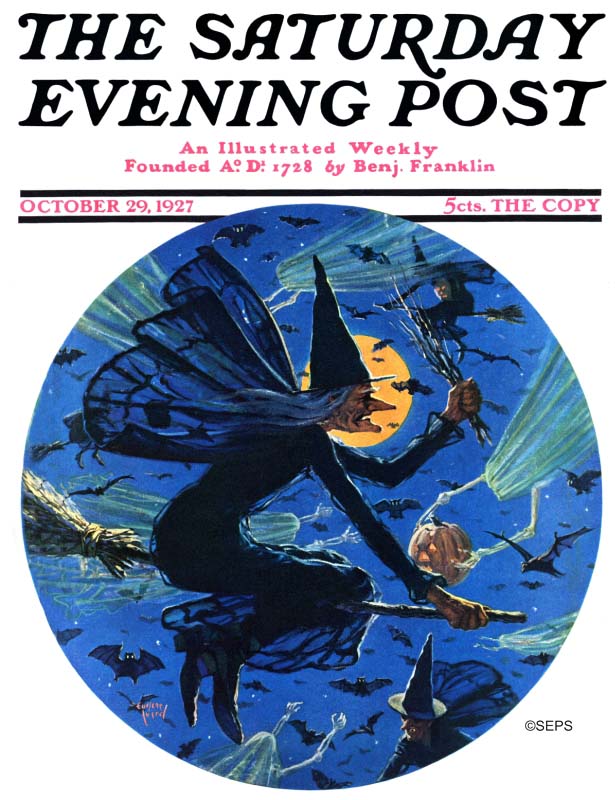

#WHICH BOOK ON HALLOWEEN NIGHT IN 1938 SERIES#
In restoration news: A whole series of scans have been showing up here for various projects, and I’ll be taking some films to get scanned myself in the coming week as well. Know that we’re working on it, and will get any of the finished pre-orders sent as soon as humanly possible. These few weeks are going to be only about catch up, and making an attempt to get everything back on track. I’m behind in brand new ways in nearly everything at the moment, and at some point, I think, you just need to keep trying to move ahead and hope the stacks of things don’t tumble too badly. Enjoy it while you can.It’s been a week of surveying what there is to catch up on in the immediate here. The transfer of ownership for The Sound (100.3 FM) is taking longer than originally expected it may now be as late as the second half of November before we lose one of the best FM stations in the past decade. Kind of makes you feel better, doesn’t it? More Sound But that doesn’t mean they ran into the streets fearing for the fate of humanity.” So they used anecdotal stories to sensationalize the panic caused by the broadcasts.Īs the item on Slate says, “was the small audience that listened to ‘War of the Worlds’ excited by what they heard? Certainly. Newspaper editors wanted to show the public – and potential advertisers – how radio was not responsible and could not be trusted to provide real news coverage. By 1938, radio had cut into advertising dollars that formerly went to newspapers. So how did this myth gain traction? Newspapers. Despite repeated assertions to the contrary in the PBS and NPR programs, almost nobody was fooled by Welles’ broadcast.” Sources quoted by Conover including Slate stated it this way: “The supposed panic was so tiny as to be practically immeasurable on the night of the broadcast. That means 98 percent of America was not.


In fact, the Hooper Ratings service had telephoned households the night of the broadcast for its national ratings survey and determined that only two percent of the potential audience was listening to Welles’ show. Most of the nation was tuned to the popular NBC program, “Edgar Bergen’s Chase and Sanborn Hour,” a comedy and variety show. I know we are cynical people these days, but even though I always heard the panic stories, I kept thinking to myself: “Were people truly that naive to be misled into a panic by what I consider such an unbelievable storyline?”įor one, the audience for “War” was small. But one thing always seemed a bit out of place. I’ve heard recordings of the original broadcast I’m sure you have, too. There’s only one problem: It never happened. Around the country, people panicked, running into the street, filling highways trying to escape, and begging law enforcement for gas masks to save them from the effects of toxic gasses. In 1975, ABC Television aired a television drama depicting the event, and even National Public Radio, as I recall, got into the act by producing a contemporary version of the play back around 1988.Īccording to the story, people listening to the program didn’t realize they were listening to a play, instead thinking that the live news broadcasts from Grover’s Mill, New Jersey were real. Wells’ book, “War of the Worlds,” on his CBS program “Mercury Theater on the Air.” Seventy-nine years ago this week – October 30, 1938 – was the night that Orson Welles scared the nation into believing that the earth was being taken over by Martians through his presentation of a radio adaption of H. By now, I’m sure you’ve heard about the night that panicked America.


 0 kommentar(er)
0 kommentar(er)
